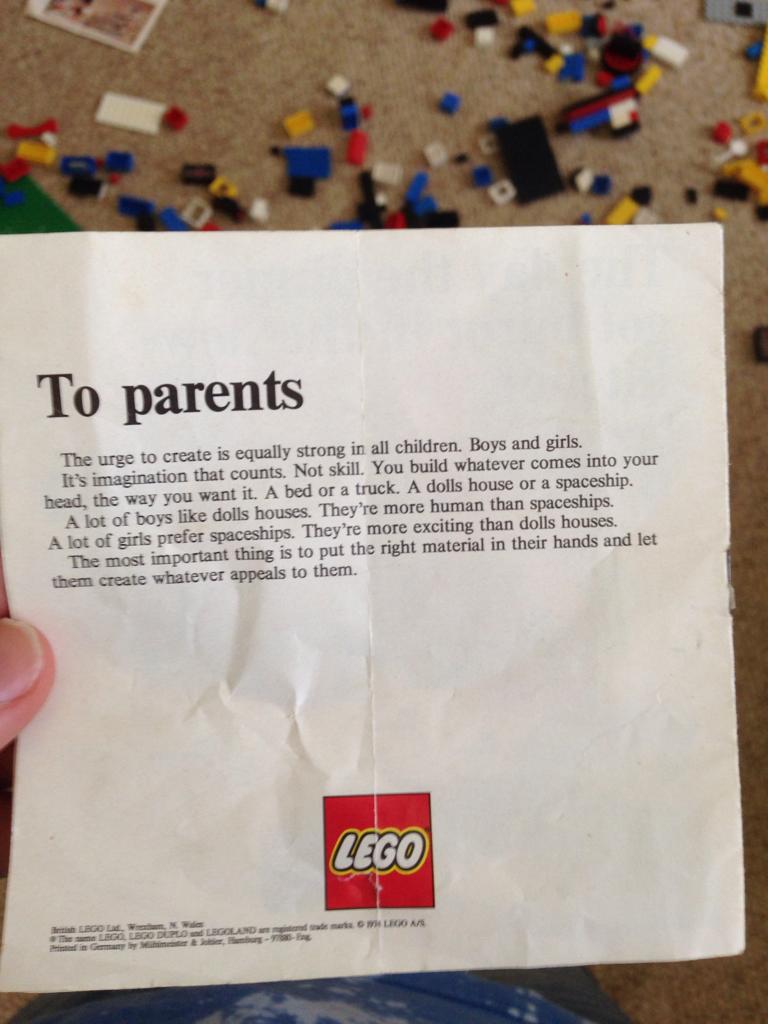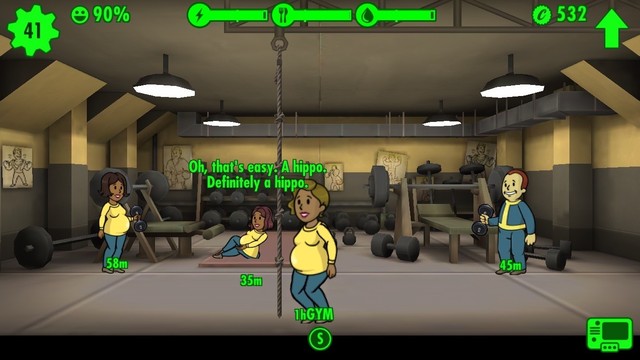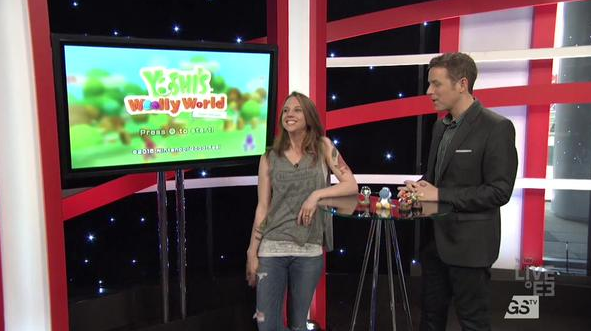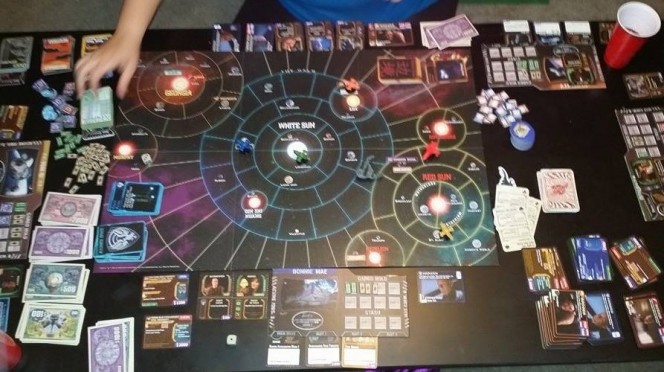The recent NYMG piece on Sam’s reaction to the new Cuphead trailer has inspired a lot of reaction of its own about the game, the animation style that influenced it, and what it means to critique a trailer, and so for the purpose of further discussion and analysis, we have created a critical video analysis. In this video, we discuss the Cuphead trailer and some screenshots alongside the trailer for an in-development game called Fleish and Cherry in Crazy Hotel which draws influence from similar sources. We have also included some images from classic animated shorts. Examining footage from games like these, within both the context of what’s currently available and the overlap of the classic with the contemporary, is an important part of looking into the future of gaming. Where do we go when we resurrect the past, and where does that leave us?
Footage from Studio MDHR and Red Little House for these games; the interview with the MDHR team with Slashgear mentioned in the video can be found here.
Normally, we don’t have to spend much time reminding people of this, but please understand we will not entertain comments without substance; trolling and/or insulting comments will be deleted. Debate and discussion is part of critique, and we welcome it; please feel free to respond thoughtfully, and if we disagree, then we disagree. We are always happy to listen to a variety of perspectives, here and on various social media platforms, but we won’t give space or time to trolling.





6 thoughts on “Critical Video Analysis: Cuphead, Fleish & Cherry, and the Influence and Impact of Classic Animation”
So it’s not that the animation style alone, or the items (like bongos) alone, or characters (with exaggerated lips) alone are a problem, but when we see all those things added up, within context, it stands out as something potentially problematic. Great vid guys.
Hi Samantha and Alisha. First off I want to say thank you for producing this video. It’s a very interesting analysis and I like how you drew on specific cartoons to discuss your points. However, I have to admit that as someone who has extensively studied vintage animation I have to disagree with several points you raised.
First of all the constant movement in the speakeasy scene as well as the fact that Cuphead and Mugman (as well as the villains) keep bouncing up and down throughout the game. This isn’t actually influenced by Trader Mickey or Disney cartoons. This actually comes from Fleischer Studios cartoons of the early 1930s. You see, Dave Fleischer, who directed all the cartoons (like Popeye and Betty Boops) asked that the animators make the chFavcters move constantly in time with the music during a cartoon. You see it constantly in their early 30s cartoons. It’s because Dave Fleischer believed it made them funnier and more appealing to audiences. The Mordenhaurs are clearly drawing on this specifically and not on racialized caricature.
Also, the big black ovals with large white faces and black bodies were indeed used a lot. The design of Felix The Cat (which you mentioned) was influenced by Paul Terry’s Aesop’s Fables cartoons of the late 1910s, specifically for the mice that appeared in each of these cartoons. These mice as well as Felix would be the inspirations for Disney’s first successful character Oswald the Lucky Rabbit and then later Mickey Mouse. Harman and Ising, who created Bosko, previously worked with Disney. Now why are there are so many characters with large white faces and black bodies? Well it was simply because it was easy to draw. That’s it. Before Disney released the first colour cartoon in 1932, this style profilerated endlessly, influenced by Paul Terry and Otto Messmer’s designs for their animals.
As for Bosko. Yes, he is a racialized character. He was created in 1930. However, Paul Terry’s mice appeared in the late 1910s, Felix in 1919 (I believe), Oswald the Lucky Rabbit in 1926-27, and Mickey in 1928. All of them are not racialized. Bimbo (1931) from Fleischer might be because his name comes from a slang term the Fleischers (who were Jewish) used in their neighbourhood in Brooklyn.
As for the colour versions having exaggerated features well two reasons. First, the style used in the 30s by most studios (except Disney for the most part) was rubber hose animation. This involved connecting simple shapes to long and often rubbery appendages. This allowed for easy sight gags and distortion of bodies which the Fleischers used constantly. Studios like Lantz and Terrytoons used it. Why? Because it was easy to animate. These guys were expected to produce a new cartoon every two weeks (Terry at one point had his studio produce 50!) That is also why the characters are so exaggerated. It was much easier to animate an already distorted.
Also the big grins on characters? Well the Fleischers recorded the dialogue after the cartoon was drawn and animated. The big grins meant they could spend less time matching or creating mouth movements. Many times characters in their cartoons speak through their teeth!
Thanks for responding. I don’t think that we disagree as much as you think. Our intent was not to go back to origin of certain stylistic elements, but to look at the pieces from the 30s that Mordenhaurs specifically said influenced them. When that kind of information is available that’s where we start. Got to take them at their word, right? We also don’t say that these things belong specifically in the wheelhouse of one animation studio or another, we are looking at instances across studios because we are talking about animation across a specific time period.
We didn’t see the round heads as being a racialized characteristic, but rather being characteristic of the period in general. To go back to the origins of the physical characteristics of the animation from the 30s is a fascinating project, but not one that we were trying to do here (at least not in this video). As far as the big grins are concerned, we are not talking about the general style but the ways that they were used to portray more racist stereotypes and how in the shorts that we cite specifically only the specifically raced characters had that mouth style while the heroes (Mickey, Donald, etc.) and the Caucasian characters did not.
I really hope that you hang out and chat with us more as we explore more about animation and historicity in games in the future.
Sorry for the essay (and the occasional error). I’d love to hear your thoughts either here in the comments or shoot me an email.
Emulating stylistic elements from another era, without properly researching the history of that era becomes a stumbling block between caricature, and stereotype. The edgy work of the Fleischer Studios, referenced by New York immigrant culture, incorporated Cab Calloway as part of the musical beat of their cartoons. Mr Ross talks well of the history of this era where harsh stereotypes were the norm, from the funny pages of newspapers (Yellow Kid), and then into the animated cartoons of that time.
My objection to the Cuphead trailer is it, albiet rather well, copies and pastes an animation style of an important period of without acknowledgement of the cultural, technological and political influences of that era. Homage is a recognizable and respected part of cinema and game. It is when you incorporate prior work that is not your own into a finished product that does not acknowledge that work, you stumble over caricature, trip over stereotype and fall face first into plagiarism, with all the past imperfections inherent in the original work.
Great videos/articles! Coming in late to this discussion via twitter/kickstarter, I’m curious about examples of caucasian racial portrayal or coding in cartoons from roughly the same era – Betty Boop and Popeye, I suppose, and probably lots I’m not aware of. I also wonder about the question of when to make creative choices to deliberately assign or signify racial aspects to characters, vs. attempting to de-racialize characters. If Cuphead is intended to be a surreal fantasy about anthropomorphized non-human things, will it work just as well if there’s a little effort to reduce the racial coding that the art style can sensitizes us too? Or would it be more realistic to expect that some characters in Cuphead will inevitably be radicalized by the audience one way or another, even if they’re a sunflower or a clock or a truck… and then just make sure that there’s a proper breadth of representation among those characters?